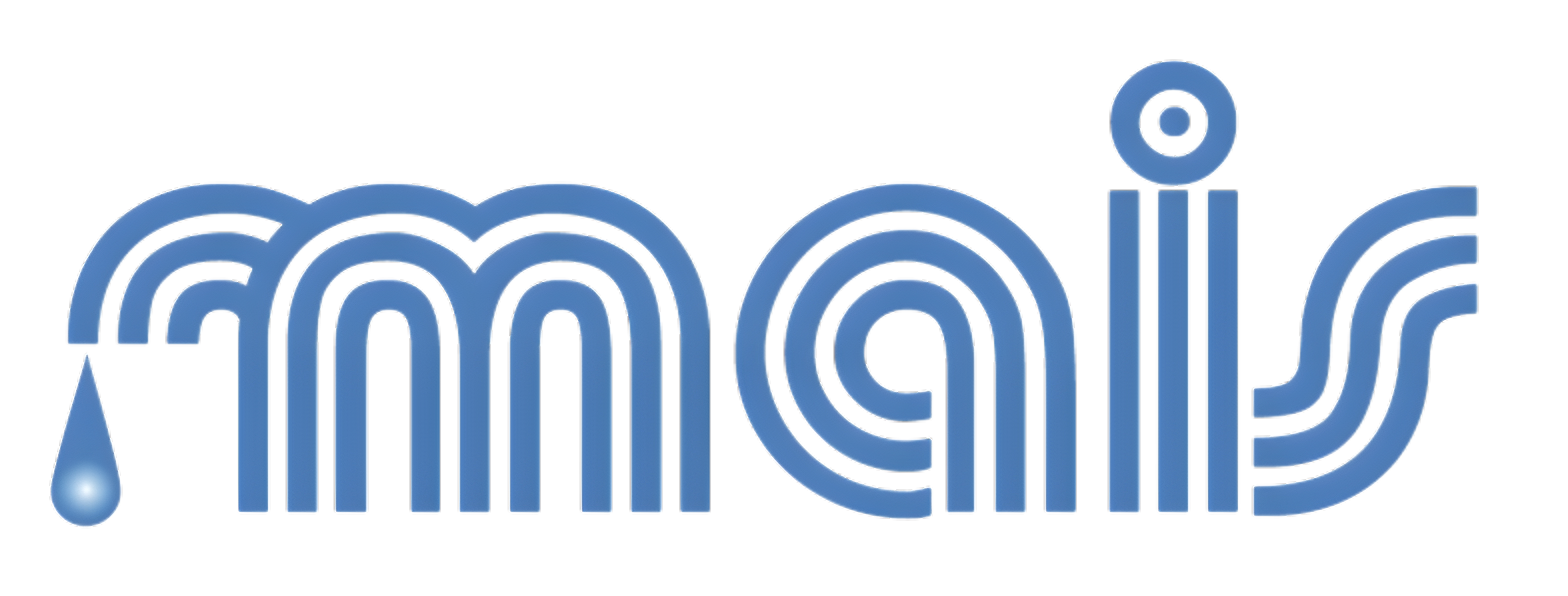Standard Operating Procedure (SOP) for Fittings
1. Purpose
To ensure all fitting items produced in-house are inspected thoroughly after production to confirm they meet quality standards before packaging and dispatch.
2. Scope
Applicable to all finished fitting items produced in the factory including:
- Elbows
- Tees
- Couplers
- Reducers
- Any custom fittings
3. Responsibilities
- QC Inspector: Conducts final inspection and maintains inspection records.
- Production Supervisor: Ensures defective items are segregated.
- QA Manager: Reviews inspection trends and handles recurring defects.
4. Required Tools & Equipment
- Vernier/digital calipers
- Thread gauges (if applicable)
- Visual inspection booth or good lighting
- Pressure testing equipment (if required)
- QC checklist or inspection form
- Sample board or master sample for reference
5. Final Inspection Procedure
5.1 Sampling Method
- Use Acceptable Quality Limit (AQL) sampling OR inspect a fixed percentage (e.g., 10% of total batch).
- Select random samples from the finished lot.
5.2 Checkpoints
| Checkpoint | Criteria |
| Dimensions | Must match product specifications (OD, ID, thickness, height, etc.) |
| Surface Finish | No cracks, burns, black spots, bubbles, or deformities |
| Thread Quality | Threads should be clean, smooth, and functional (if applicable) |
| Weight | Should be within the standard tolerance range |
| Marking | Brand, size, and batch number must be clear and correct |
| Pressure/Leak Test | Items must pass pressure tests if applicable |
| Packaging | Items must be clean and properly packed as per packing standard |
5.3 Recording & Tagging
- Record all results in the Final Inspection Report.
- Tag accepted batches with “QC Passed” label.
- Tag defective batches as “QC Hold” or “QC Rejected”.
6. Handling Defects
- Segregate defective items immediately.
- Record defect type and quantity in Non-Conformance Log.
- If rework is possible, return to production with rework instructions.
- Final rework must be re-inspected.
7. Documents to Maintain
- Final Inspection Report
- Batch Tracking Sheet
- Non-Conformance Log
- CAPA Report (if defect is recurring)
8. Safety Precautions
- Handle sharp or threaded items with gloves.
- Ensure safety shield during pressure testing.
- Maintain clean and organized inspection area.
9. References
- Product Specification Sheet
- Product Drawing
- Quality Manual or ISO Standards (if applicable)
Approvals:
Approved By: [Factory Manager]] | Date: [DD/MM/YYYY]
Approved By: [Production Manager] | Date: [DD/MM/YYYY]
Prepared By: [Name/Title] | Date: [DD/MM/YYYY]

